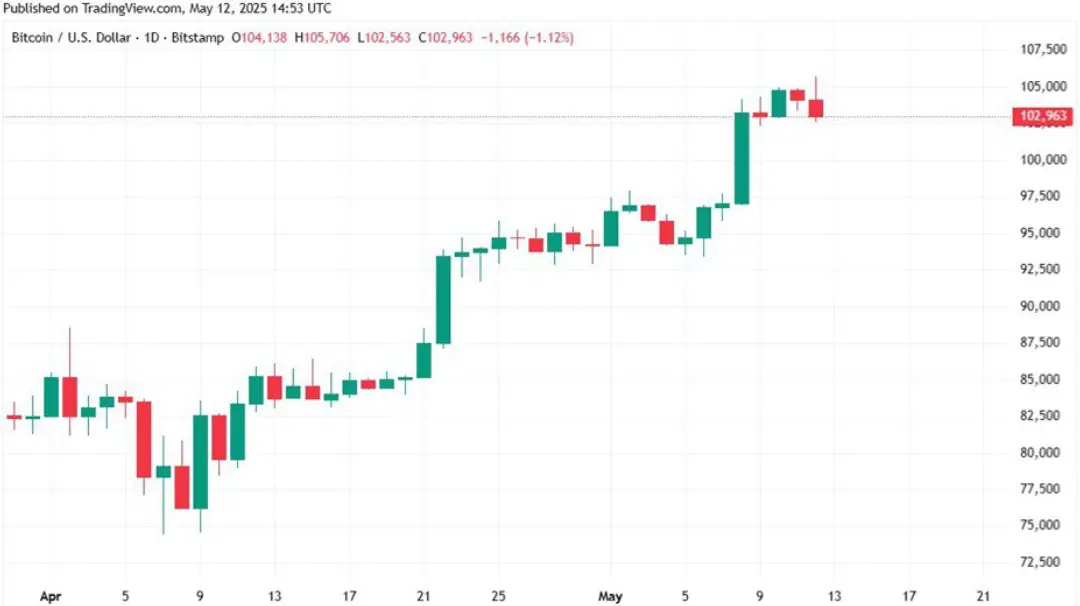Over the past decade, Bitcoin has evolved from a niche tech project into a serious financial asset. While once dismissed as volatile and speculative, it's now earning a new title: digital gold. But what does that actually mean?
Why Gold? Why Bitcoin?
Gold has long been considered a safe-haven asset—used to protect wealth during inflation, political turmoil, or financial crisis. Bitcoin, with its fixed supply of 21 million coins and decentralized nature, mirrors many of these qualities in the digital age.
What’s Driving the Shift
🔹 Scarcity: Like gold, Bitcoin is limited in supply. This scarcity supports its long-term value.
🔹 Inflation Hedge: As governments print more money, investors turn to Bitcoin to preserve purchasing power.
🔹 Institutional Adoption: Companies and funds are adding Bitcoin to their portfolios, lending it new credibility.

Source says: The cryptocurrency has traded in a range of $102,609.55 to $105,747.45 over the period, consolidating after last week’s strong rally, which still leaves BTC up 9.48% over the past 7 days. Clearly, Bitcoin remains in a bullish zone from a weekly perspective.
Key Differences to Gold
While gold has millennia of trust, Bitcoin brings portability, digital storage, and transparency. You can move millions in Bitcoin globally within minutes—something gold can’t match.
Risks Remain
Bitcoin’s price remains more volatile than gold, and regulatory risks still linger. But for many, the potential outweighs the uncertainty.
Looking Ahead
As the global economy moves further into digital finance, Bitcoin may solidify its role not just as a risky asset—but as a core store of value for the digital age.
